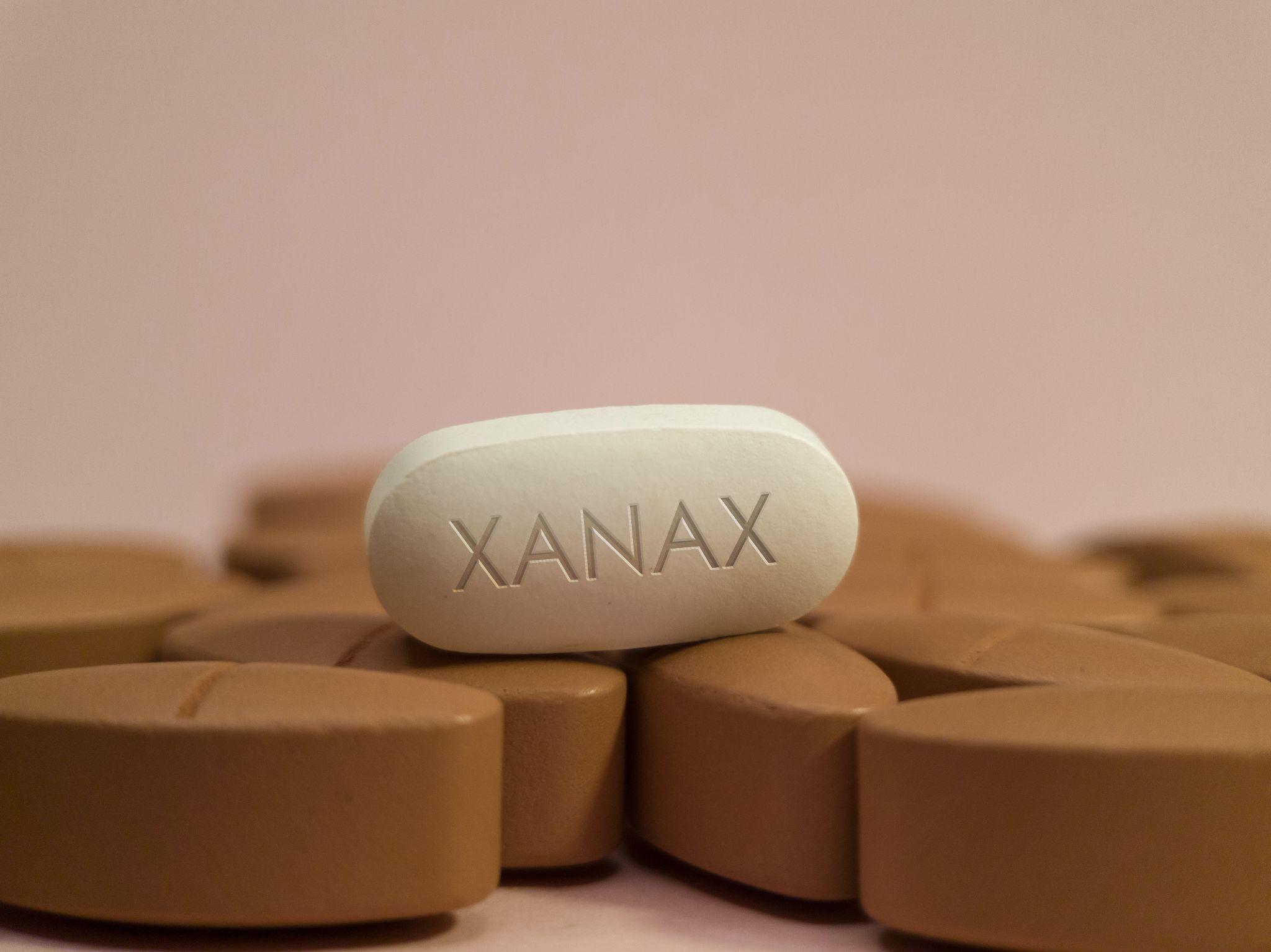Xanax, a brand name of the medication alprazolam, is primarily used for managing anxiety and panic disorders. It belongs to a class of drugs called benzodiazepines, which act on the brain and nerves to produce a calming effect. While effective in the short term, prolonged use can lead to dependency and addiction.
Dealing with addiction is a challenging journey. Seeking addiction treatment for substance use disorders is a brave and admirable step towards a healthy life, with withdrawal being one of the crucial first steps toward recovery.
Lumina Recovery is here to provide clear, comprehensive information about Xanax withdrawal, delving into the process and offering support for those on the path to reclaiming their health and well-being.
How Xanax Dependency Develops
Dependency on Xanax can develop even when the medication is used as prescribed. This dependency is due to the drug’s impact on the brain’s neurotransmitters, particularly gamma-aminobutyric acid (GABA), which regulates feelings of calmness and relaxation.1
Over time, the brain becomes less capable of producing these feelings naturally, increasingly relying on the drug to achieve the same calming effect. This leads to tolerance, where higher doses are needed to achieve the same level of anxiety relief.
As tolerance builds physically and mentally, it becomes difficult for individuals to function normally without the medication. This dependency sets the stage for withdrawal symptoms when the medication is reduced or suddenly stopped, as the brain struggles to recalibrate and regain its natural chemical balance.
Navigating this dependency requires understanding the brain’s delicate chemical balance and the impacts of long-term use. It’s a process that requires patience, medical guidance, and often, a comprehensive treatment plan to ensure safe and effective recovery.
Navigating Xanax Withdrawal
Xanax or any benzodiazepine withdrawal is a multifaceted process, influenced by various factors including the duration of use, dosage, individual health, and even psychological factors. The Xanax withdrawal timeline varies from person to person, and it’s crucial to recognize that everyone’s experience and side effects with withdrawal can be unique.
Physical and Psychological Symptoms
Physical symptoms of Xanax withdrawal include rebound anxiety, restlessness, insomnia, mood swings, physical discomforts, sweating, shaking, muscle aches, and gastrointestinal issues. Severe symptoms can include heart palpitations, extreme blood pressure changes, and in rare instances, seizures.
Psychological symptoms can be equally challenging, encompassing heightened irritability, difficulty concentrating, memory problems, and in some cases, depressive symptoms.
Severity and Duration of Symptoms
Mild symptoms of Xanax withdrawal can include slight increases in anxiety and discomfort, while severe cases can be debilitating, impacting daily functioning. The timeline typically begins within hours of the last dose and can peak within the first few days.
For some, acute withdrawal symptoms subside within a week or two, but others may experience protracted withdrawal symptoms, lasting weeks or even months. Post-acute withdrawal syndrome (PAWS) is a prolonged phase that can include chronic insomnia, ongoing anxiety, and cognitive impairments.
Factors Influencing Withdrawal Experience
The withdrawal experience can be influenced by factors such as the duration of Xanax use, the dosage, and how abruptly someone stops taking it. Additionally, individual health factors, such as the presence of co-occurring mental health issues or other medical conditions, can complicate withdrawal.
Risks of Unsupervised Withdrawal
Attempting to withdraw from Xanax without medical supervision can be dangerous. The risk of severe symptoms, such as seizures, is significantly higher when stopping abruptly, known as “cold turkey.” Additionally, unsupervised detox from Xanax can lead to relapse due to the discomfort of the symptoms.
The Importance of a Gradual Taper
A gradual taper is often the safest approach to withdrawing from Xanax. This process involves slowly decreasing the dosage over a period of weeks or months, allowing the body and brain to adjust gradually to lower levels of the medication. A healthcare provider can create a tapering schedule that minimizes withdrawal symptoms and reduces the risk of severe reactions.
Monitoring and Adjusting the Process
Regular monitoring by healthcare professionals is crucial during the tapering process. This allows for adjustments in the tapering schedule based on the individual’s response and helps manage any emerging withdrawal symptoms. Monitoring also provides an opportunity for individuals to discuss their experiences and concerns, receiving support and guidance throughout the process.
Managing Withdrawal: Strategies and Support

The safest way to navigate Xanax withdrawal is through a medical detox program. Medical professionals can monitor symptoms and provide medications to ease withdrawal effects, reducing the risk of severe life-threatening complications like seizures.The option of an inpatient program is also available for those following medical detox to continue their recovery journey.
For some, outpatient treatment programs offer a balance between structured support and everyday life. These programs typically involve regular check-ins with healthcare professionals, medication management, and possible adjustments to the tapering schedule. Medications like antidepressants or other benzodiazepines with longer half-lives may be prescribed to manage specific withdrawal symptoms.
Adopting healthy lifestyle changes can significantly aid the withdrawal process. Regular exercise, a balanced diet, and good sleep hygiene can help the body recover and manage stress more effectively. Mindfulness practices like meditation and yoga can also be beneficial in managing anxiety and promoting relaxation.
Withdrawal can be as much a psychological process as a physical one. Therapy, either individual or group, can provide a space to explore the emotional aspects of addiction and withdrawal.
Cognitive behavioral therapy (CBT) is particularly effective in addressing patterns of thought that contribute to anxiety and substance use. Group therapy can offer a sense of community and shared experience, which is invaluable during recovery.
In managing Xanax withdrawal, a holistic approach that addresses both physical and psychological needs, supported by medical professionals and a strong support network, can significantly improve the chances of a successful and sustained recovery.
Embrace the Healing Journey From Xanax Dependence With Lumina Recovery
Navigating Xanax withdrawal is a challenging but essential step towards recovery. Understanding the process, seeking professional help, and adopting healthy lifestyle changes can pave the way for a successful journey to sobriety.
Lumina Recovery is committed to guiding you through every step of this journey through our Xanax addiction services, detox program, and medication-assisted treatment (MAT), ensuring that you or your loved one can reclaim a life of health and happiness.
Contact our team of professionals to learn more about our addiction recovery programs and services.
Source:


